Arts and Crafts Cabinet Hardware
The Arts and Crafts movement was a significant cultural and artistic movement that originated in Britain and America during the late 19th and early 20th century. It was a reaction to the industrial revolution and the decline of traditional craftsmanship. The movement advocated for the use of traditional techniques and materials, emphasizing the beauty of handmade items. Cabinet hardware was an essential feature of Arts and Crafts furniture. It was designed to complement the overall style of the furniture, and it played a crucial role in enhancing its functionality. This article explores the cabinet hardware of Arts and Crafts, its history, design, and legacy.

History:
The Arts and Crafts movement emerged in the 1880s during a time of significant social and economic change. The industrial revolution had led to the mass-production of consumer goods and furniture. Factories produced items that were uniform in design, cheap, and often of low quality. The movement was a response to this trend. It aimed to revive traditional craftsmanship and promote the use of natural materials such as wood, stone, and metal.
Cabinet hardware was an important aspect of Arts and Crafts furniture. It was designed to be both functional and aesthetically pleasing. The designs were simple and often featured geometric shapes, flowers, and leaves. The hardware was often hand-crafted using traditional techniques such as forging and casting.

Design:
Arts and Crafts cabinet hardware was designed to complement the furniture. The designs were simple, with clean lines and geometric shapes. The hardware was often made from iron or brass, and it featured natural motifs such as flowers and leaves. One of the most prominent designers of Arts and Crafts cabinet hardware was C.F.A. Voysey. Voysey was an English architect and designer who was influential in the Arts and Crafts movement. He designed a range of cabinet hardware that was simple and functional. His designs featured rectangular shapes, often with a circular motif in the center. The designs were cast in brass or iron, and they were typically finished in a matte or polished finish.
Another notable designer of Arts and Crafts cabinet hardware was Archibald Knox. Knox was a Manx designer who worked for Liberty & Co. in London. He designed a range of cabinet hardware that was more intricate than Voysey's designs. Knox's hardware featured organic shapes, often inspired by the natural world. His designs were often hand-crafted using traditional techniques such as hammering and engraving.

Legacy:
The Arts and Crafts movement had a significant impact on the design world. The movement emphasized the importance of traditional craftsmanship and the beauty of handmade items. It influenced a range of later design movements, including Art Nouveau and the Bauhaus. The legacy of Arts and Crafts cabinet hardware can be seen in the designs of contemporary cabinet hardware. Many modern cabinet hardware designs feature geometric shapes and natural motifs, echoing the designs of the Arts and Crafts movement.

The cabinet hardware of Arts and Crafts furniture was an important aspect of the movement. It was designed to complement the overall style of the furniture and enhance its functionality. The designs were simple and often featured natural motifs such as flowers and leaves. The movement had a significant impact on the design world and influenced a range of later design movements. The legacy of Arts and Crafts cabinet hardware can be seen in the designs of contemporary cabinet hardware.






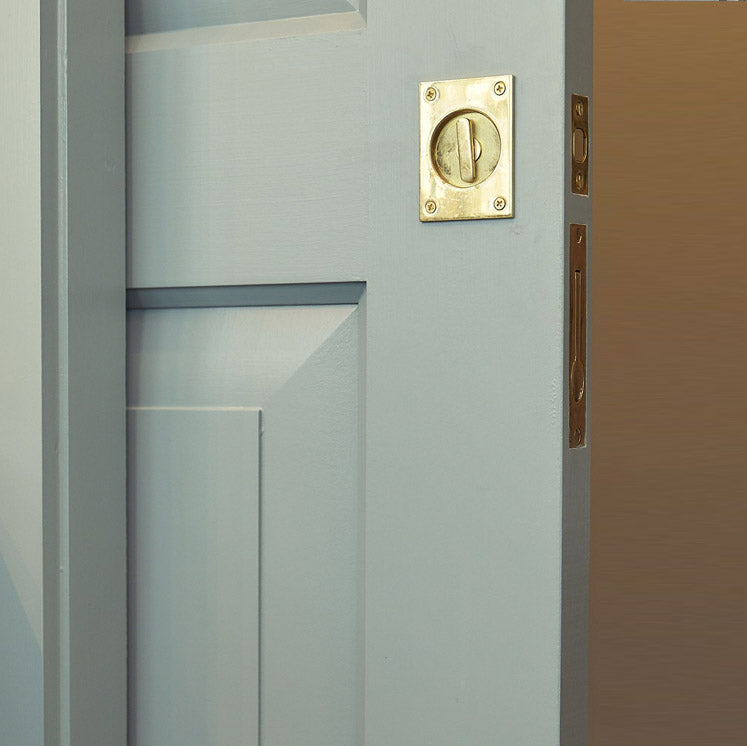

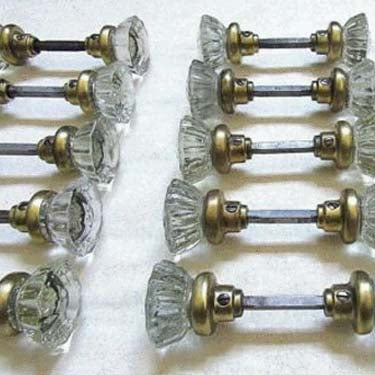

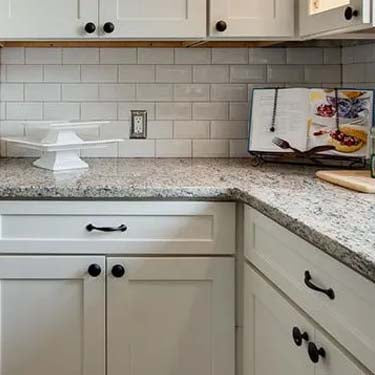



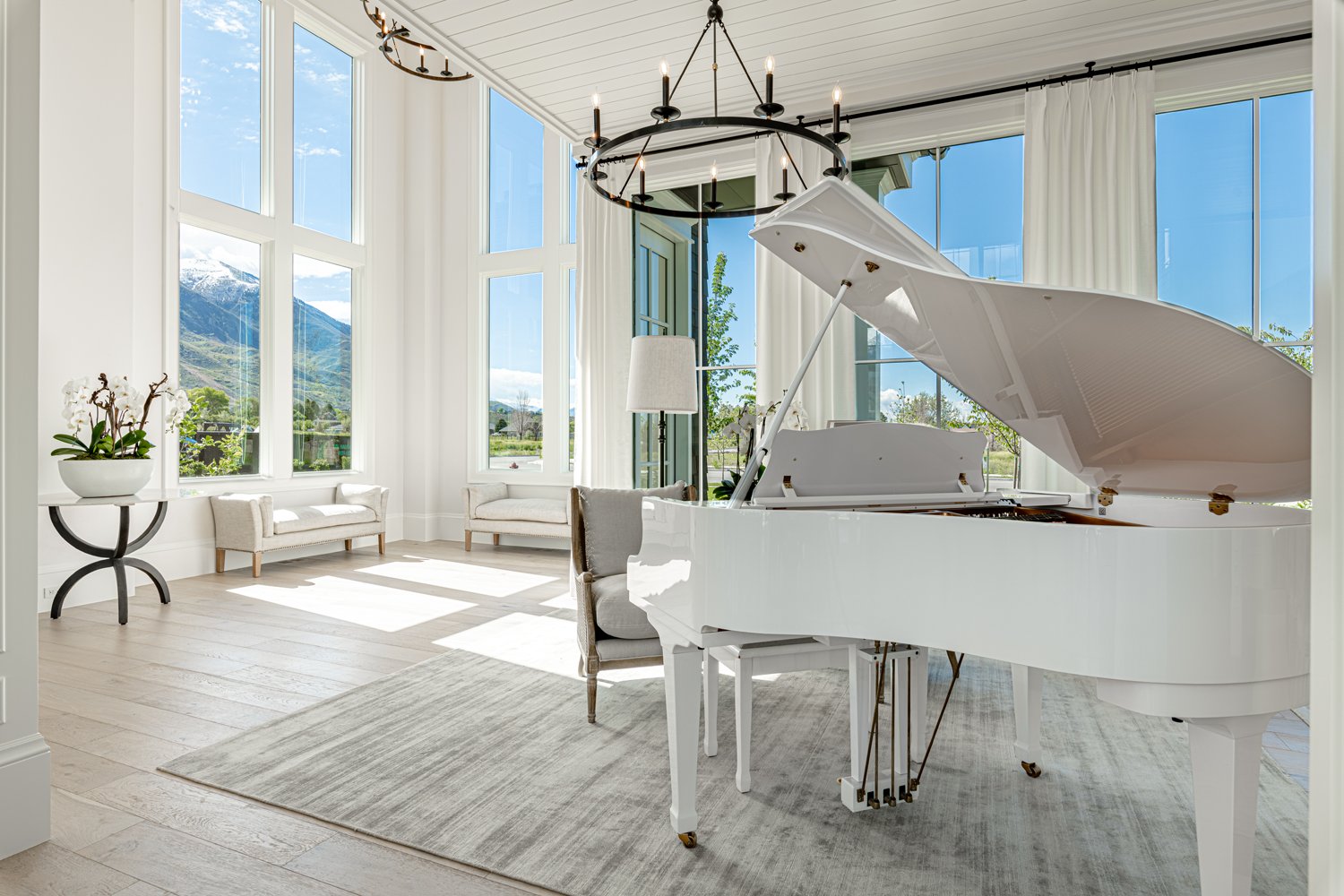
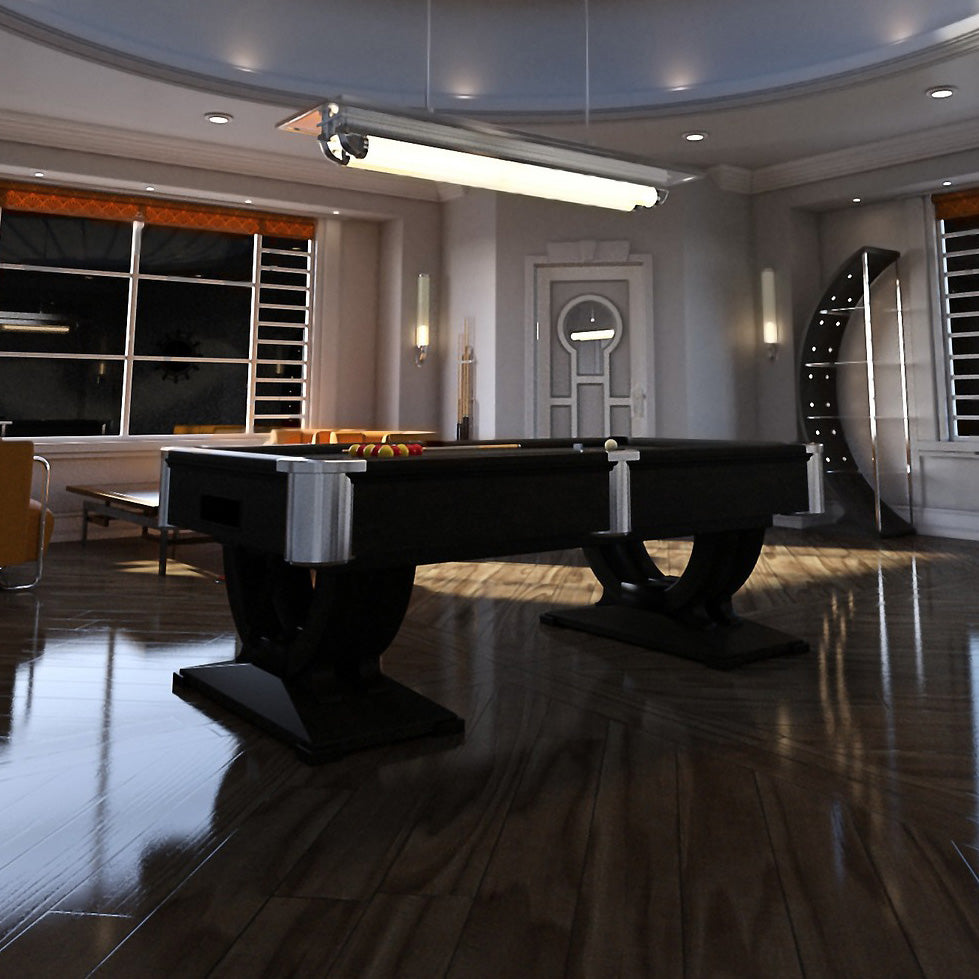
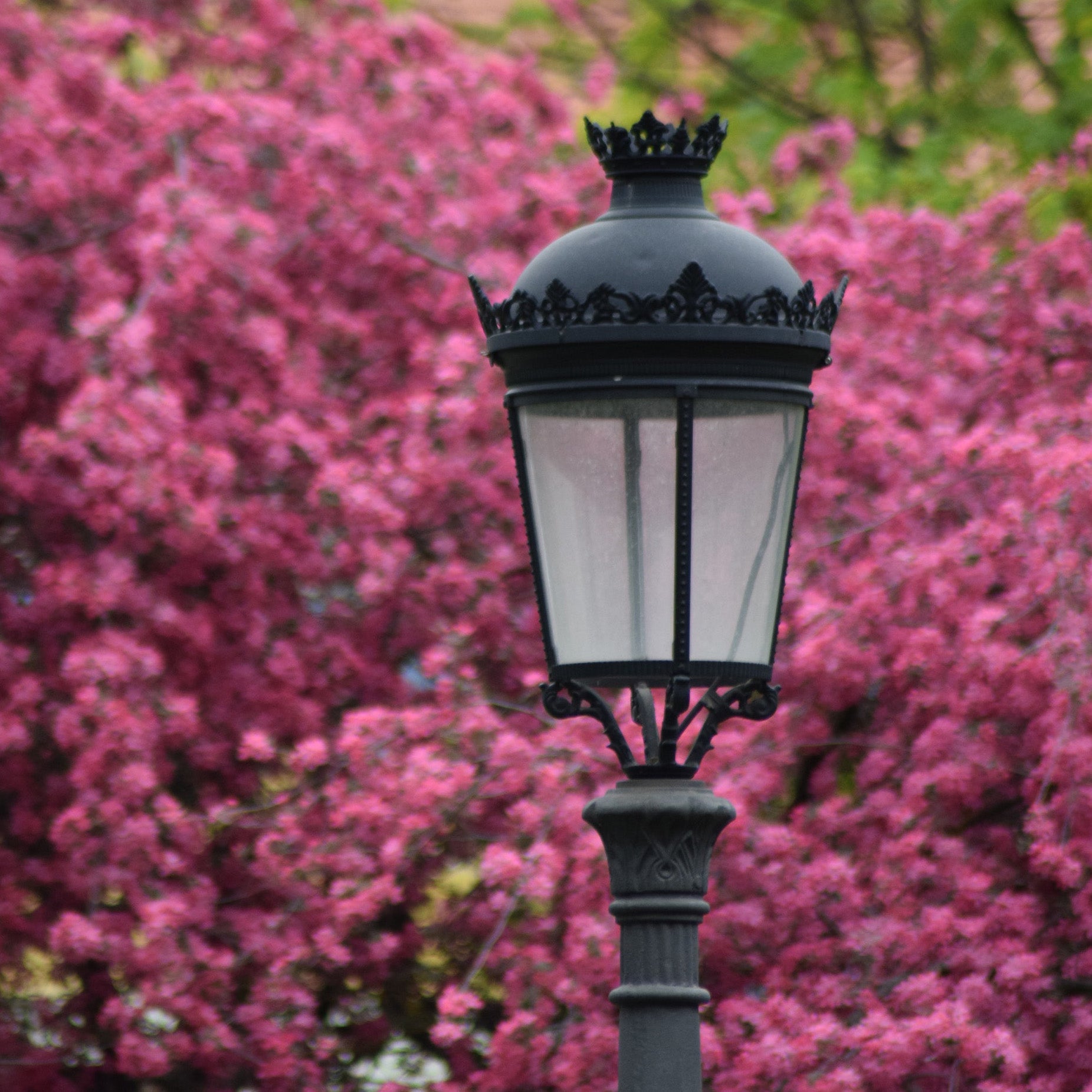

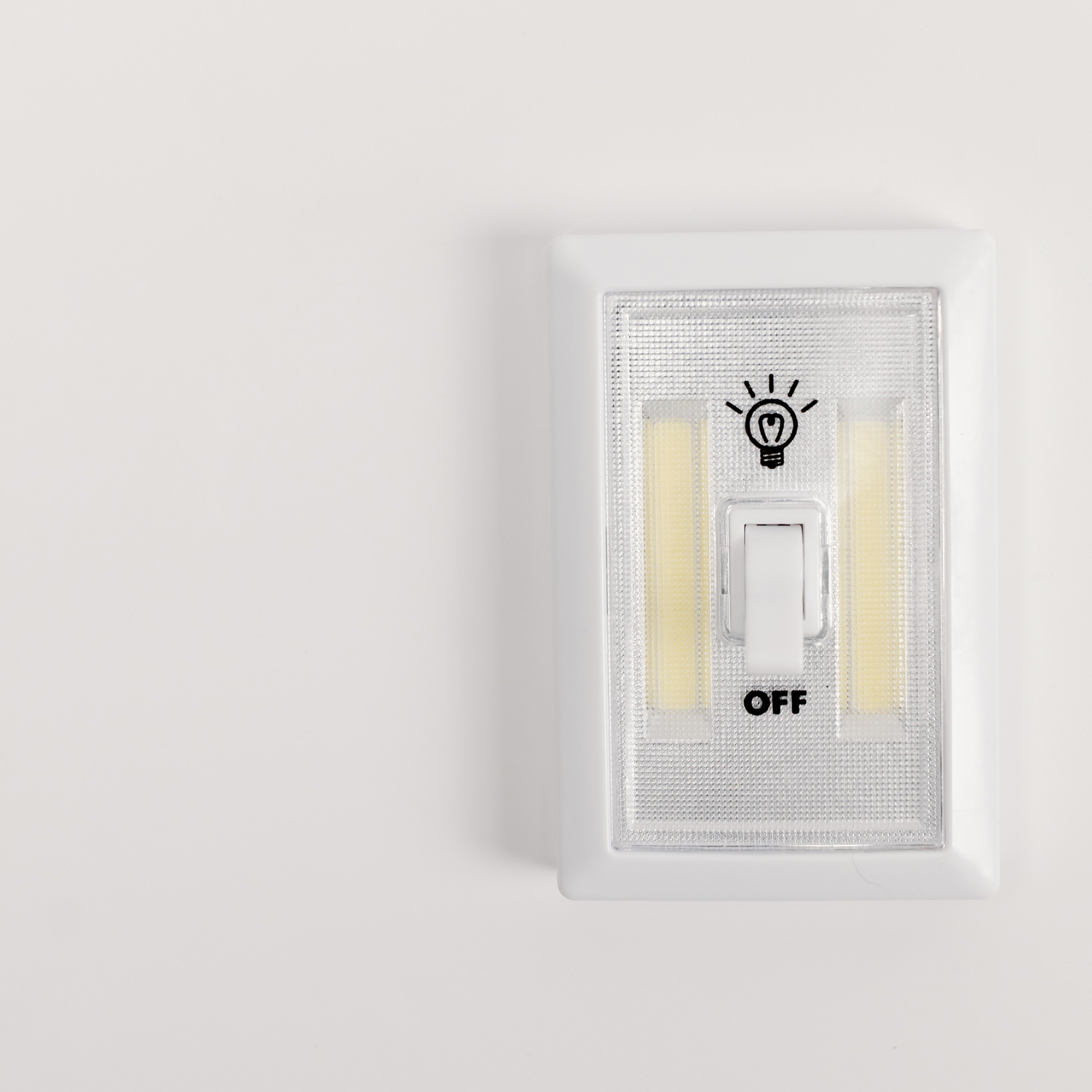


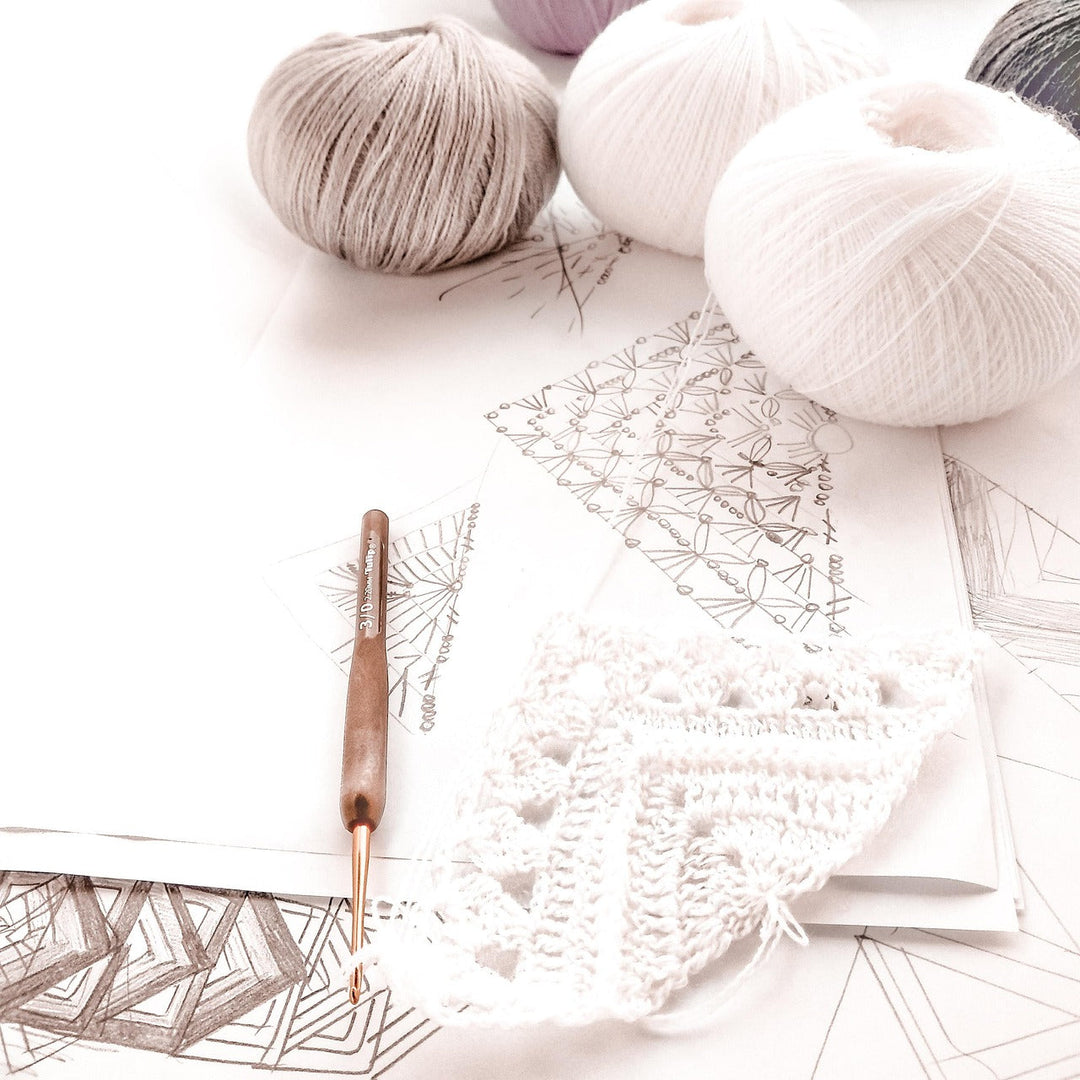
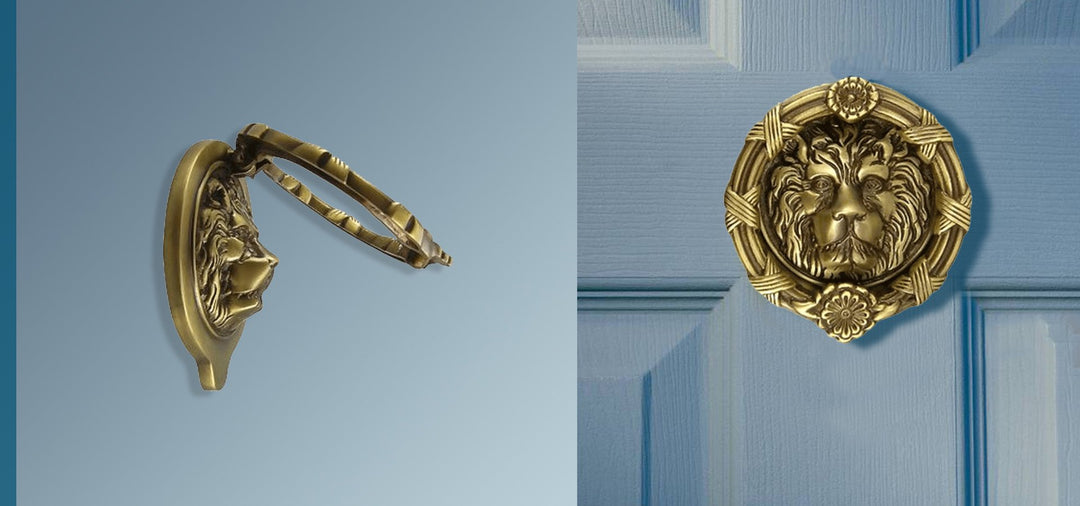
Leave a comment